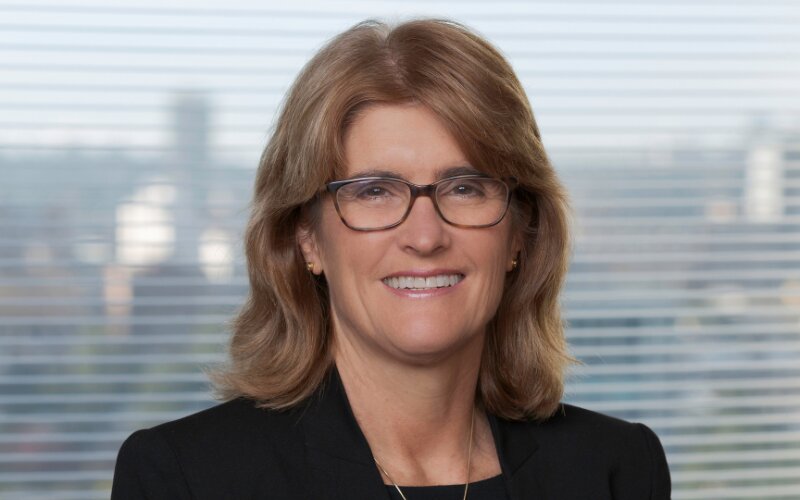The minutes made it clear the RBA gave ample consideration to hiking rates in December, noting domestic demand was at a higher level than consistent with the inflation target and that underlying inflation was higher in Australia than several countries.
The board also noted that most recent forecasts suggest inflation will return to the top end of the target range (2-3%) rather than the middle, by 2025.
Last week, the ASX RBA rate tracker had shifted to calling a hold or cut in February; markets considered the chances of a hike negligible after softer-than-forecast GDP growth and a slight uptick in unemployment.
As of 19 December though, markets ascribed a 10% chance that the RBA would raise rates to 4.60% in February, after what economists from NAB and ANZ agreed were 'hawkish' minutes.
The Aussie dollar also made gains against the USD, which suggests currency speculators might suspect interest rates in Australia could go higher.
NAB economist Tapas Strickland, who predicted the November hike months in advance, said the RBA minutes continue to read more hawkish than the post meeting statement.
"This was particularly the case this time around given it was not clear whether the case of a rate hike was genuinely discussed in December," he said.
Mr Strickland said it was the first time since May 2022 that the board mentioned the mid point of the inflation band.
"The RBA has [previously] consistently framed and formulated policy as returning inflation to the top of the band," he said.
In the most recent Statement on the Conduct of Monetary Policy, it was agreed that the board would generally speaking, target the midpoint of the acceptable inflation range.
For Mr Strickland and NAB, the December minutes support the call for a 25 bps rate hike in February.
"Much will depend on the details of the fourth-quarter CPI," he said.
"In our fourth-quarter CPI Preview, we noted that trimmed mean inflation may print at 0.9% quarter on quarter ...[this] is not inconsistent with the case to hike rates."
Inflation data for the December quarter will be released 31 January - six days before the RBA board meets in February.
What about a recession?
The national accounts for the September quarter showed a continued per capita recession, with GDP per person declining 0.5% through the quarter.
Overall, GDP rose 0.2%, which was materially below expectations (0.4% growth was the market consensus).
For some people, this was a warning sign that high interest rates are hurting the Australian economy, and further hikes risk a full blown recession.
The RBA minutes acknowledged slower than forecast growth, but suggested "higher household wealth" can support consumer spending in the coming months/years.
Board members also noted that "survey measures of business conditions had remained steady" and "firms in the liaison program reported that investment intentions remain positive, reflecting solid cashflows."
No need to panic
For other economists though, the December minutes were a low key affair.
Gareth Aird, CommBank economist, said there was nothing in the minutes that shifted the near term outlook for policy.
"Against the backdrop of rising unemployment and falling GDP per capita the Board will be quite reluctant to tighten policy further," he said.
However, he concurred that the December quarter CPI figures would be "make or break" for the February decision.
Picture by Austin Ban on Unsplash

Ready, Set, Buy!
Learn everything you need to know about buying property – from choosing the right property and home loan, to the purchasing process, tips to save money and more!
With bonus Q&A sheet and Crossword!



 Harrison Astbury
Harrison Astbury
 Hanan Dervisevic
Hanan Dervisevic

